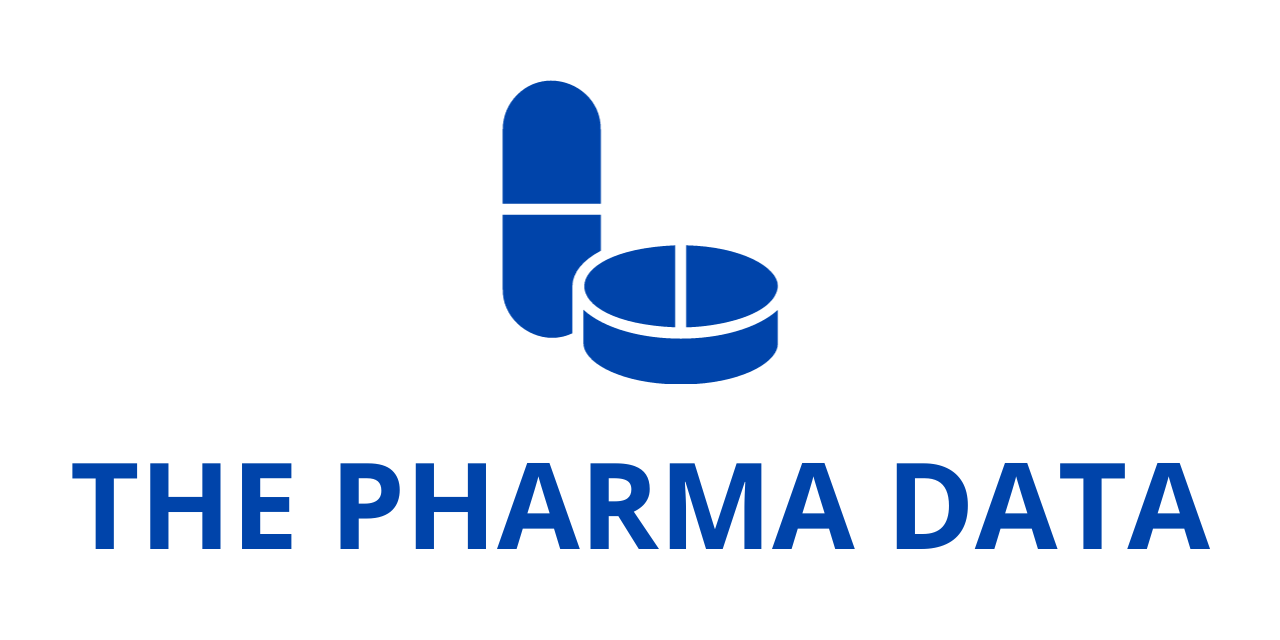
Merck’s SC Pembrolizumab Shows Noninferior PK to IV KEYTRUDA in Trial
Merck, known as MSD outside of the United States and Canada, has presented the first data from the pivotal 3475A-D77 Phase 3 trial evaluating subcutaneous pembrolizumab in combination with berahyaluronidase alfa (MK-3475A). This study assessed the pharmacokinetics (PK) and clinical efficacy of subcutaneous pembrolizumab compared to intravenous (IV) KEYTRUDA® (pembrolizumab) in the first-line treatment of metastatic non-small cell lung cancer (NSCLC). The findings were presented at the European Lung Cancer Congress (ELCC) 2025 and published in Annals of Oncology.
Study Overview and Key Findings
The Phase 3 trial met its primary endpoints, demonstrating noninferior pharmacokinetics for subcutaneous pembrolizumab when administered with chemotherapy compared to IV KEYTRUDA with chemotherapy. The study also showed comparable secondary efficacy endpoints, including objective response rate (ORR), progression-free survival (PFS), duration of response (DOR), and safety. Median overall survival (OS) was not reached in either arm.
As a result, Merck has submitted a Biologics License Application (BLA) to the U.S. Food and Drug Administration (FDA) for the approval of subcutaneous pembrolizumab across all previously approved solid tumor indications for KEYTRUDA. The FDA has set a Prescription Drug User Fee Act (PDUFA) target action date of September 23, 2025. Additionally, the European Medicines Agency (EMA) is reviewing an extension application to introduce a new pharmaceutical form and administration route for KEYTRUDA.

Pharmacokinetics and Efficacy Data
In the 3475A-D77 trial, subcutaneous pembrolizumab, administered every six weeks with a median injection time of two minutes (4.8 mL), demonstrated noninferiority in key PK parameters:
- Area under the curve (AUC) exposure during the first dosing cycle showed a geometric mean ratio of 1.14 (96% CI, 1.06-1.22; p<0.0001).
- Trough concentration (Ctrough) at steady state had a geometric mean ratio of 1.67 (94% CI, 1.52-1.84; p<0.0001).
Secondary efficacy endpoints, which were descriptive, revealed:
- ORR of 45.4% for subcutaneous pembrolizumab vs. 42.1% for IV KEYTRUDA.
- Median DOR of 9.1 months for subcutaneous pembrolizumab vs. 8.0 months for IV KEYTRUDA.
- Median PFS of 8.1 months for subcutaneous pembrolizumab vs. 7.8 months for IV KEYTRUDA (HR=1.05).
- Median OS was not reached in either arm (HR=0.81).
Safety profiles were consistent between both treatment arms. Grade ≥3 adverse events (AEs) were reported in 47% of patients receiving subcutaneous pembrolizumab and 47.6% of those receiving IV KEYTRUDA. Local injection site reactions for subcutaneous pembrolizumab occurred in 2.4% of patients, all of which were low grade.
Time and Motion Study: Patient and Healthcare Provider Benefits
A prospective, observational time and motion study conducted alongside the 3475A-D77 trial evaluated treatment administration efficiency. Findings indicated that compared to IV KEYTRUDA, subcutaneous pembrolizumab significantly reduced patient and healthcare provider time:
- Patient time in-chair was reduced by 49.7% (weighted means: 59.0 vs. 117.2 minutes).
- Patient time in the treatment room was reduced by 47.4% (66.7 vs. 126.9 minutes).
- Total active healthcare professional (HCP) time was reduced by 45.7% (14.0 vs. 25.8 minutes), including:
- 44.6% reduction in preparation time (5.1 vs. 9.2 minutes).
- 46.7% reduction in administration and monitoring time (8.9 vs. 16.7 minutes).
These time savings, measured by a linear mixed model (p<0.0001), highlight the potential for subcutaneous pembrolizumab to improve clinic efficiency and patient convenience.
Future Research and Ongoing Trials
Beyond the 3475A-D77 study, Merck’s subcutaneous pembrolizumab clinical development program includes:
- 3475A-F84 Phase 3 trial: Evaluating subcutaneous pembrolizumab monotherapy vs. IV KEYTRUDA monotherapy in first-line metastatic NSCLC patients with high PD-L1 expression (TPS ≥50%).
- 3475A-F65 Phase 2 trial: Assessing subcutaneous pembrolizumab in relapsed/refractory classical Hodgkin lymphoma and primary mediastinal large B-cell lymphoma.
- 3475A-F11 Phase 2 study: Investigating patient-reported preference for subcutaneous pembrolizumab over IV KEYTRUDA.




